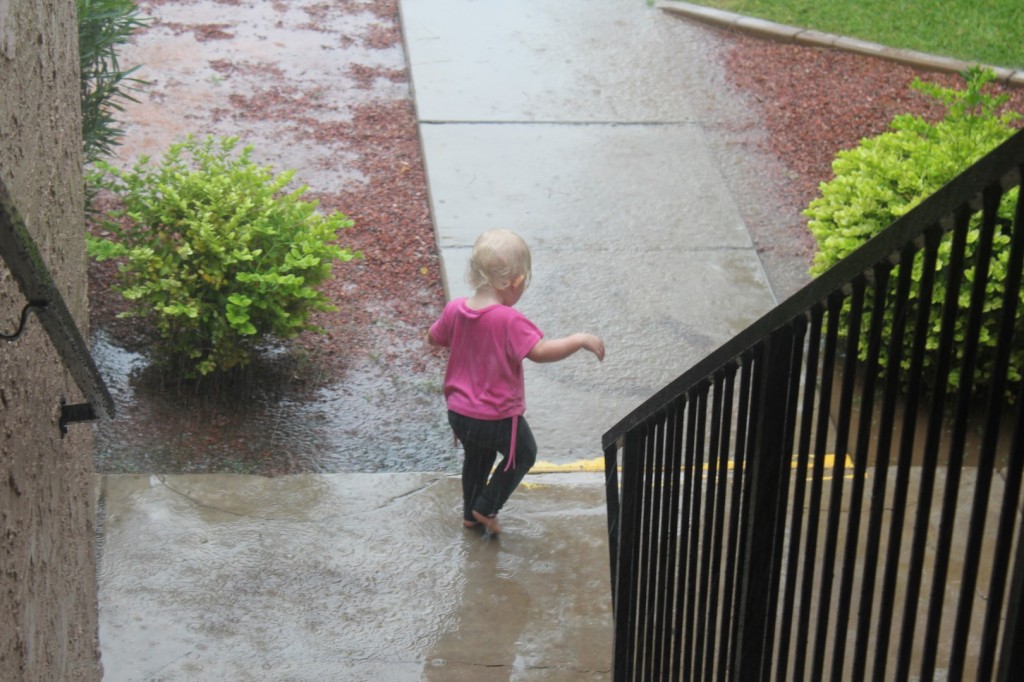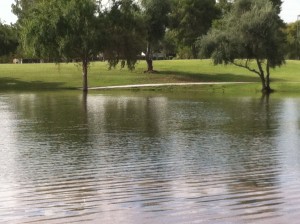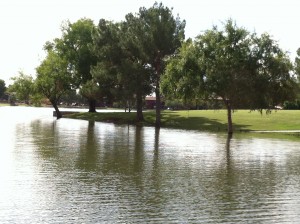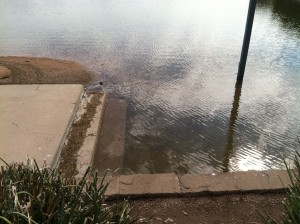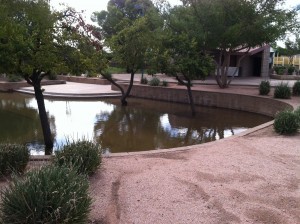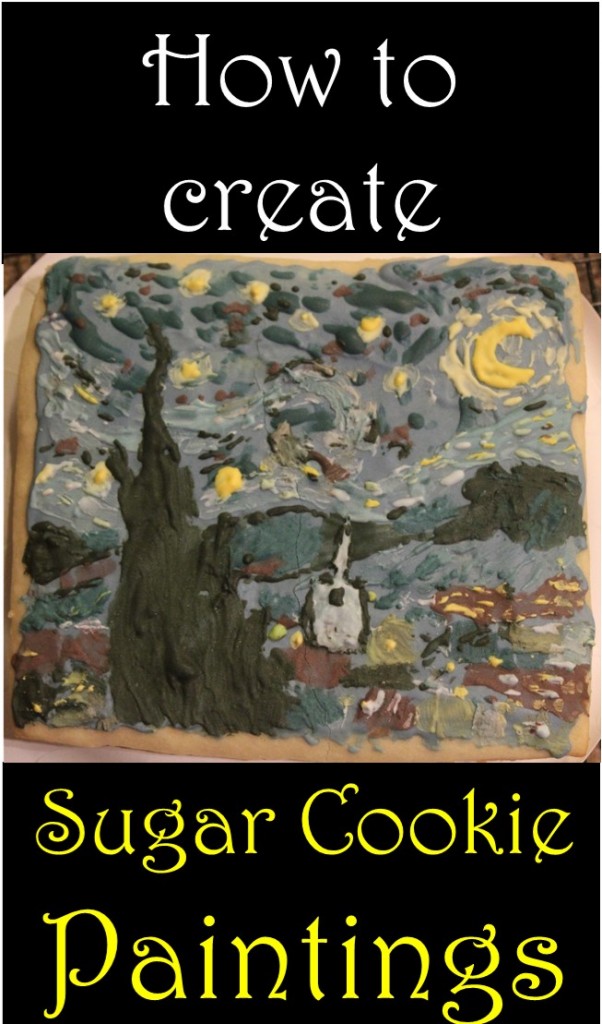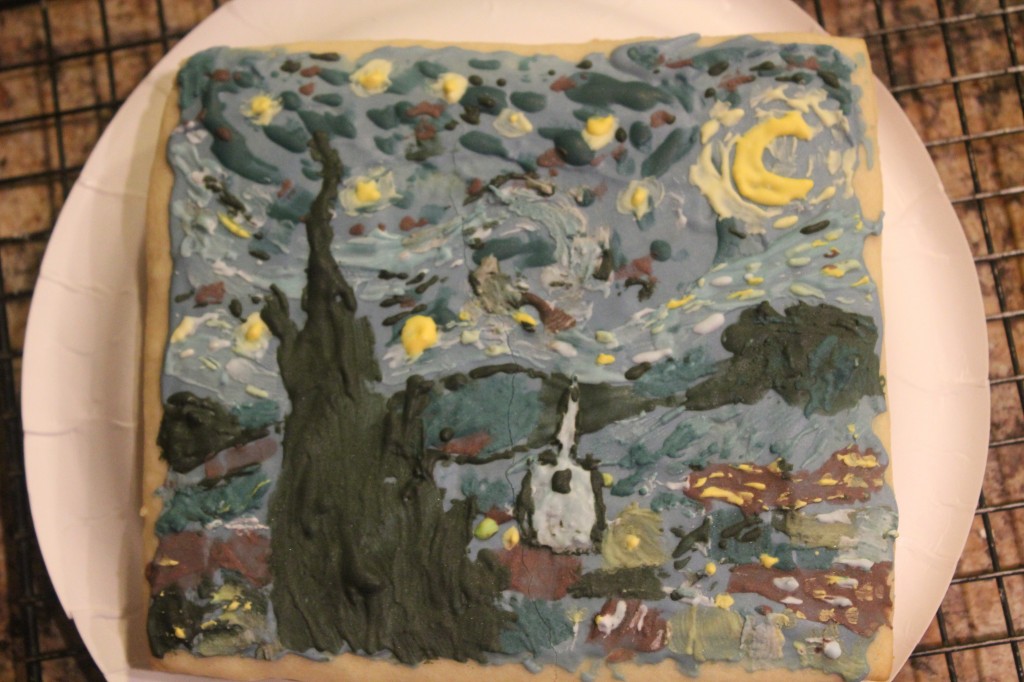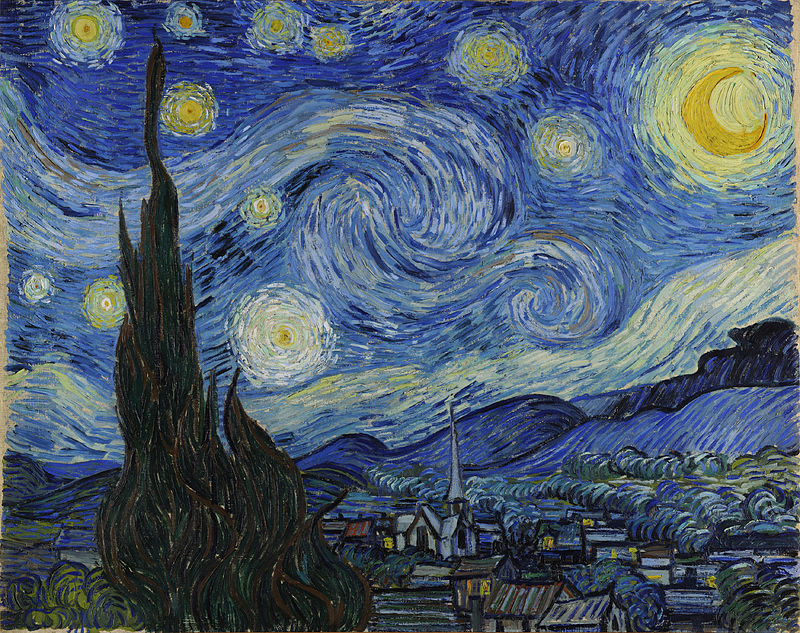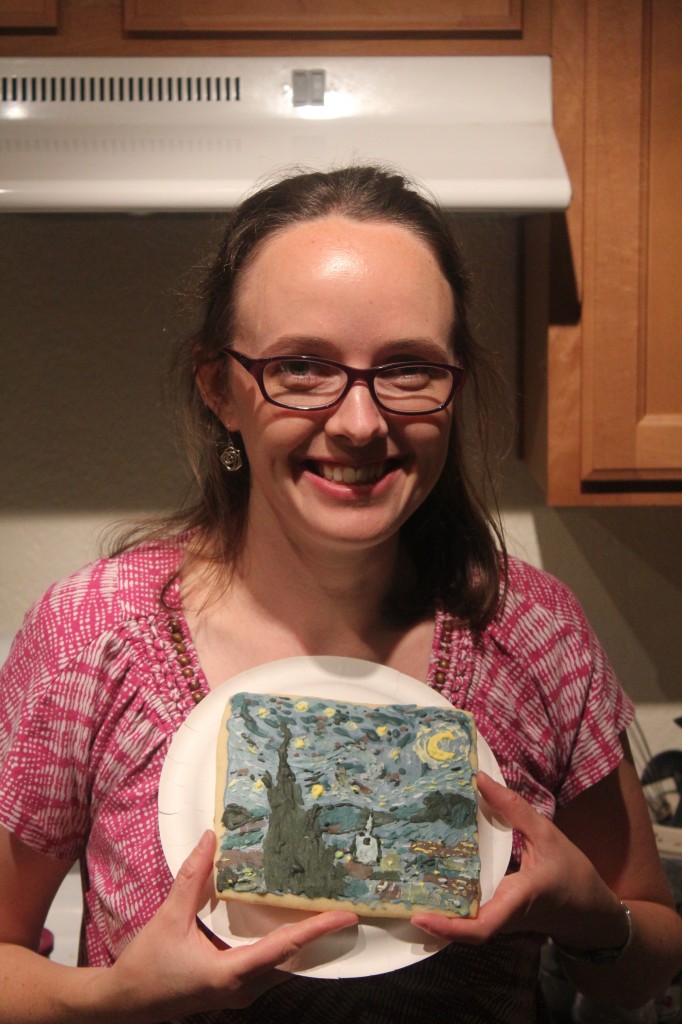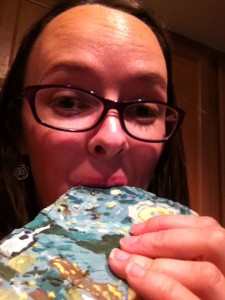Short Creative Nonfiction on the Weather
In 2005 I took a college class on writing memoirs. We learned a lot about creative nonfiction, and one of my takeaways, almost a decade later, is that there is so much you can do with words in nonfiction to make something matter. You can take something insignificant and transform it into something significant just with how you write about it.
A lot of my creative nonfiction ends up on Facebook, and I’ve been writing a fair bit about the weather lately. Normally the weather isn’t very interesting in Phoenix, but it has been lately. Here’s a few of my short writings from Facebook that have made me happy lately:
The story of how I got soaking wet
1. I opened the front door so the girls could see the pouring rain.
2. The kids sat on the top stair so they could get a little wet.
3. The kids descended the rest of the steps while I watched, still completely dry, and sang rain songs to them.
4. I took pictures of the girls playing in the rain, but stayed dry.
5. The girls’ friends came outside to play with them and suddenly my daughters didn’t want to stay right next to the stairs.
6. To be a responsible adult and to supervise their fun, I went out into the rain.
7. I realized I was already soaked, so I decided to shed my adult self and play. I jumped in puddles, ran through the “river” on the sidewalk, and skipped rocks. It was freeing to enjoy myself and let my stresses slip away into the water.
I think most adults could use a little more puddle jumping in their lives.
(originally posted September 17th)
On a Day of Flooding and Epic Amounts of Rain
Some places I’ve lived, like Oregon, can handle the rain. In Phoenix it’s not just that the roads and and roofs and infrastructure aren’t designed to handle the rain. The soil, the dessert itself, can’t soak it up.
It’s 9:30 a.m., and we’ve already broken the record of the most rain in a day in Phoenix–the record we broke was set 75 years ago. Freeways are closed, cars are submerged, flooding is everywhere. The roof of a grocery store I sometimes go to collapsed.
Today we’ve received more rain than Phoenix normally gets during the three month period of July, August, and September. My husband decided to skip the class he’s auditing this morning.
Be safe out there, my fellow Phoenicians.
(originally posted September 8th. We ended up receiving more rain in a day than Phoenix normally does in a year.)
Here are a few pictures I took the day after the storm. The pond near us flooded 5 or 6 feet above where it normally is.
A Dust Storm
A dust storm: in moments, the sky turns from light blue to a chalky brown. Teenage boys at the pool grab their towels and dash to shelter. I watch through my window in wonder, as palm trees bend wildly, trying to touch their leaves to the ground.
(originally posted July 25th. This is my attempt at a prose poem.)

